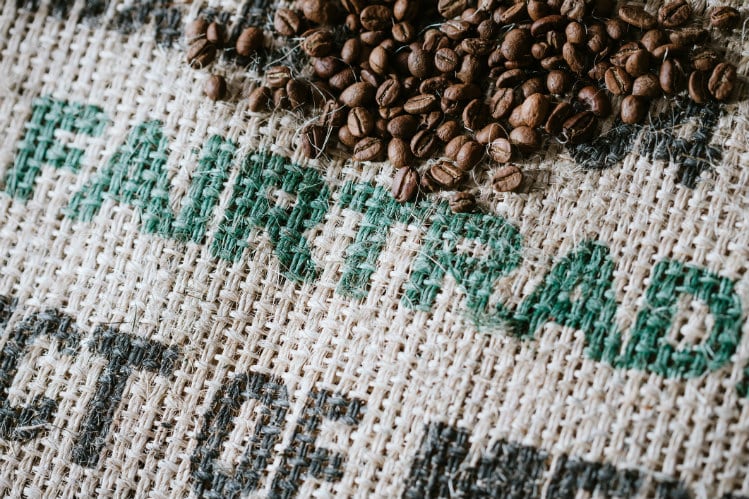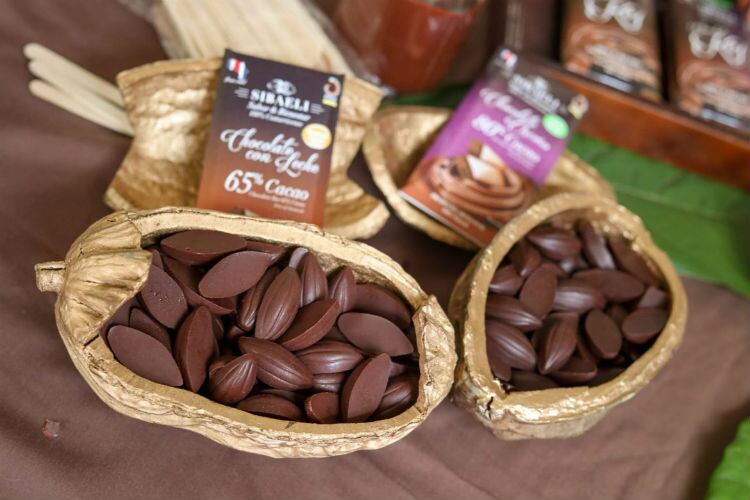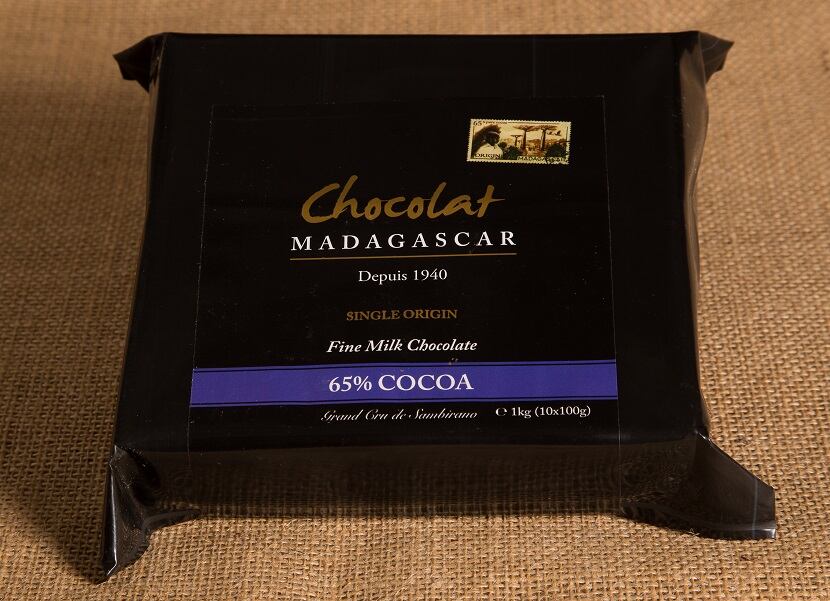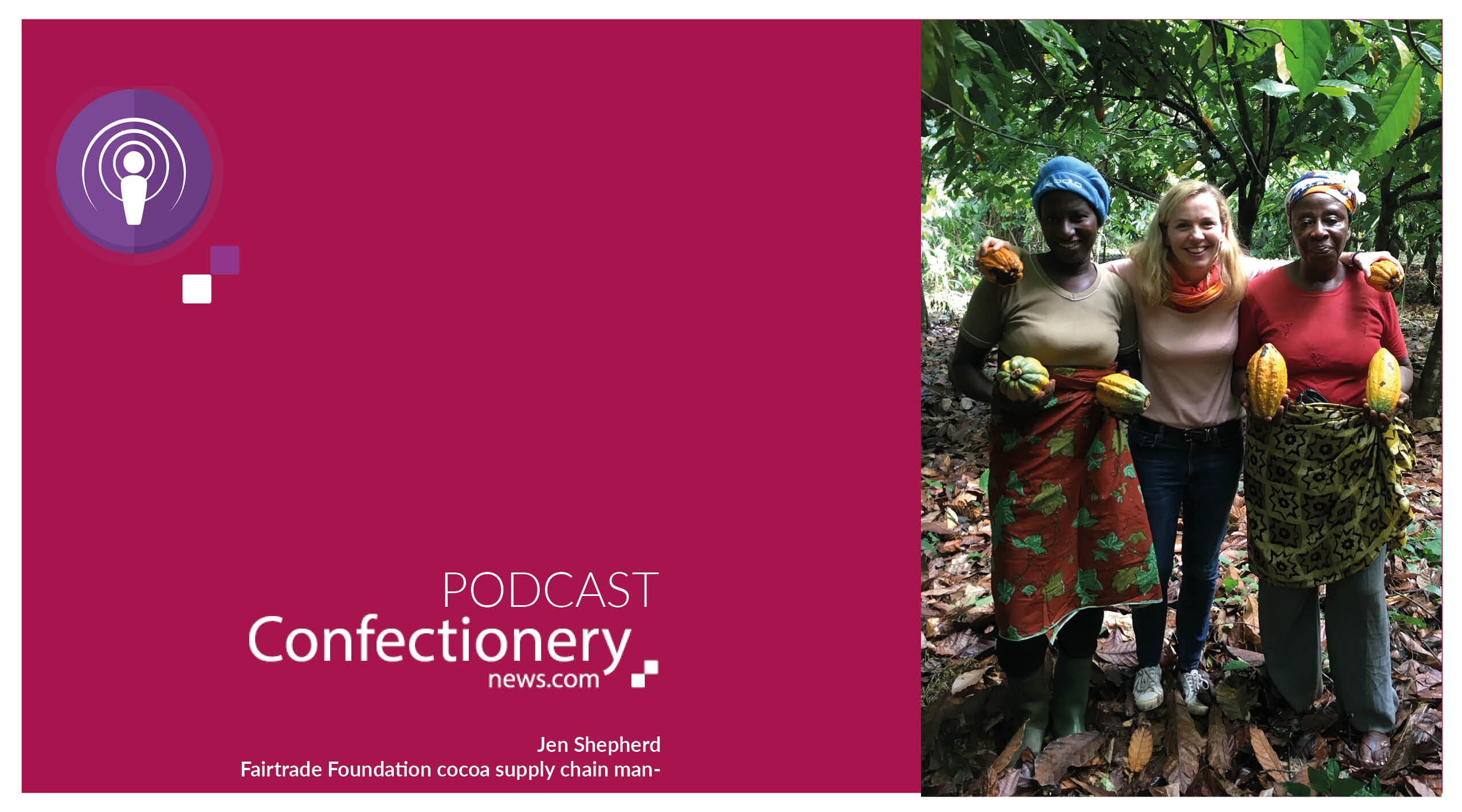During her Tuesday presentation at the National Confectioners Association’s Sweets and Snacks Expo in Chicago, Fair Trade CMO Anna Banks told the audience that when it comes to indulgent products, the new ‘green’ consumer desires an experience.
“What we used to consider a fringe is in fact moving to the middle,” she said.
According to market research firm data from IRI, that consumer base has grown from a vocal minority to a majority.
About two-thirds of consumers look for and buy at least some sustainable products, and they expect companies to make decisions that positively affect the environment. Another 62% would support companies that support causes they deem important. Half would complain if they had a bad experience with a brand or product, while one in five would go so far as to disavow a brand entirely.
Be clean, be green – and give back
Premium chocolate has snagged an outsized role in recent years, as consumers show an increasing willingness to pay more for higher quality products – especially from producers that highlight their commitment to communities and sustainability.
Clean-label chocolate in particular, which boasts simple ingredient lists free from artificial flavors or preservatives, has grown at a rate three times faster than the core category.
According to IRI, chocolate as a whole grew 2.3% from 2017 to 2018, and in the past year chocolate landed in three of the firm’s top-five in-demand flavors. The National Association of Convenience Stores (NACS) has also seen a rise in demand for premium chocolate.
While millennials might seem to be the most vocal advocates of such purchase decisions, Banks noted that Gen-Xers are spending more dollars in these categories. Gen-Z, or those currently ages 13 to 25, are ‘even more committed’ to putting their dollars toward value-oriented brands.
To resonate with these consumers, Banks encouraged brands to pursue a four-tenet philosophy anchored by trust, which originate from what she described as ‘value alignment.’
First, brands should strive to be clean, which can stem from fresh, natural or organic ingredients – claims that have been shown to have ‘directly affect’ consumer purchase decisions. She emphasized the rise of ‘the flip’ – when a consumer picks up a chocolate bar on the shelf, for instance, and scans the ingredient label for ‘undesirables.’
Second, they should focus on ‘green’ approaches, whether that starts with limiting water usage or transitioning to recyclable packaging.
Third, companies should find a way to give back – to ‘add social value’ to their business model. Those benefits can come in the form of community improvements or supply chain transparency.
These three ideals can “be the means and drivers of trust,” she said.
Build and grow, then show and tell
The Fair Trade seal means that the product within meets standards set forth by the global nonprofit. They include pricing structures that meet income thresholds to lift farmers out of poverty; community empowerment tools to nurture education, safe water sources and reliable health care; and environmental choices that eliminate chemicals and protect natural resources.
Banks emphasized the importance of not only testing the benefits of Fair Trade but also of pursuing the meaning behind the seal in full force: “Build it in – don’t bolt it on,” she said.
Especially as Fair Trade-certified chocolate reaches the mainstream, consumers will peek behind the curtains and consider ‘easy’ choices, such as simply donating to a charity, as ‘shallow lip service,’ said Banks.
“We know the state of cocoa is in a state of crisis,” she added, noting that stewardship extends from the product formula and the ingredients within to the business model and buzzwords.
She pointed to UnReal Candy, a Boston, Massachusetts-based company that told her, “The market and the consumer have finally caught up to them.” Unreal makes nostalgic candies like chocolate-covered gems and chocolate peanut butter cups with certified Fair Trade chocolate, sustainable and often organic ingredients, and ‘nothing artificial.’
Guittard is another example: Amy Guittard, the chocolate maker's director of marketing, remembers her grandfather, Horace A. Guittard, visiting cocoa farmers in the 1950s and 1960s. For the 150-year-old company, said Banks, “the end product is only as good as the ingredients.”
Guittard told ConfectioneryNews that all of their retail chocolate is Fair Trade, though its packaging does not scream, ‘look at me’ in that regard.
Progress is progress
To fully embrace the Fair Trade ideology, companies should “start small and commit to big."
“I caution against the start small and wait-and-see approach," added Banks, recognizing that companies often express trepidation in taking on something like Fair Trade because only one product will take on that label at first. Consumers, however, ‘appreciate hearing about progress.’
Her final tenet of “do – then share and tell” stresses the significance of being ‘thoughtful and strategic’ in the brand’s storytelling. Not only can companies share their dedication to Fair Trade on packaging, she said, but they can also take advantage of the plethora of consumer connectivity tools out there today – whether that is through social media, a website replete with multimedia, or interactive events.
Kroger, for example, has invested heavily in its Simple Truth Organic line, which uses 11 Fair Trade ingredients from 12 countries, including 800k pounds of chocolate. According to Banks, its sales reached $2bn in 2018 – a 45% jump from its 2011 launch.
“Give consumer the chance to vote with their dollars,” she said, and they will reward those companies that put their money with their mouth is.




